Kadriorg Park

Kadriorg Park is Tallinn’s grandest historic park, spanning over 70 hectares of landscaped beauty. Commissioned by Tsar Peter the Great in 1718 alongside Kadriorg Palace, the park was designed in the Baroque style by Italian architect Nicola Michetti. Its formal gardens feature terraced flowerbeds, tree-lined avenues, and the elegant Swan Pond, while later additions include an English-style landscape park and a tranquil Japanese Garden. Kadriorg Park is also home to several cultural institutions, including the KUMU Art Museum, Kadriorg Art Museum, and Mikkeli Museum, making it a hub of both natural and artistic heritage. Sculptures and monuments honouring Estonian cultural figures are scattered throughout the grounds, adding layers of meaning to the serene setting. Whether for a leisurely stroll, a cultural visit, or seasonal events, Kadriorg Park offers a harmonious blend of imperial history, artistic expression, and urban greenery in the heart of Tallinn.
Tallinn EstoniaKadriorg Park is located at A. Weizenbergi tn 10, in the Kadriorg district just east of Tallinn’s city center. Spanning around 70 hectares, it is Estonia’s most impressive urban park, established in 1718 by Tsar Peter the Great and renowned for its elegant blend of 18th, 19th, and 20th-century landscape design. The park’s highlights include the picturesque Swan Pond, the formal promenade leading to the Estonian President’s Palace, and the tranquil Japanese Garden. Kadriorg Park is also home to several major cultural attractions: the Kadriorg Art Museum within the baroque Kadriorg Palace, the contemporary Kumu Art Museum, the Mikkeli Museum, and the family-friendly Miiamilla Children’s Museum. The surrounding Kadriorg neighborhood features ornate wooden villas and embassies, reflecting its historic prestige. The park is easily reached by tram from the city center and offers a peaceful retreat with art, history, and beautifully landscaped gardens.
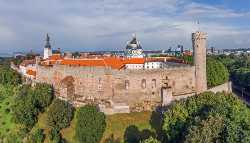 Toompea Castle
Tallinn
Toompea Castle
Tallinn
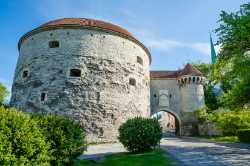 Fat Margaret Tower
Tallinn
Fat Margaret Tower
Tallinn
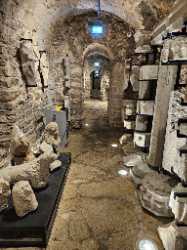 Kiek in de Kök & Bastion Tunnels
Tallinn
Kiek in de Kök & Bastion Tunnels
Tallinn
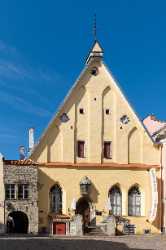 Estonian History Museum
Tallinn
Estonian History Museum
Tallinn
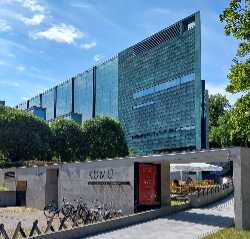 Kumu Art Museum
Tallinn
Kumu Art Museum
Tallinn
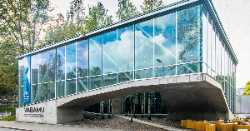 Vabamu Museum of Occupations and Freedom
Tallinn
Vabamu Museum of Occupations and Freedom
Tallinn
 Estonian Maritime Museum
Tallinn
Estonian Maritime Museum
Tallinn
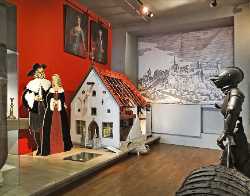 Tallinn City Museum
Tallinn
Tallinn City Museum
Tallinn
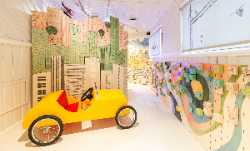 Children’s Museum Miiamilla
Tallinn
Children’s Museum Miiamilla
Tallinn
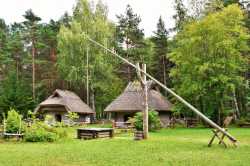 Estonian Open Air Museum
Tallinn
Estonian Open Air Museum
Tallinn
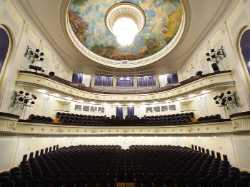 Estonian National Opera
Tallinn
Estonian National Opera
Tallinn
 Russian Theatre
Tallinn
Russian Theatre
Tallinn
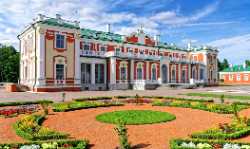 Kadriorg Art Museum
Tallinn
Kadriorg Art Museum
Tallinn
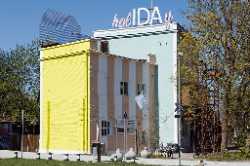 Contemporary Art Museum of Estonia
Tallinn
Contemporary Art Museum of Estonia
Tallinn
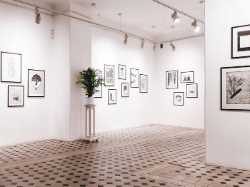 Draakoni Gallery
Tallinn
Draakoni Gallery
Tallinn
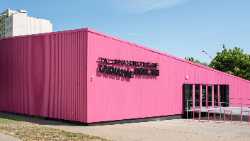 Tallinn Art Hall
Tallinn
Tallinn Art Hall
Tallinn
 Kadriorg Palace
Tallinn
Kadriorg Palace
Tallinn
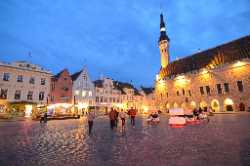 Town Hall Square
Tallinn
Town Hall Square
Tallinn
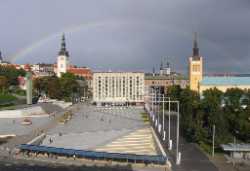 Freedom Square
Tallinn
Freedom Square
Tallinn
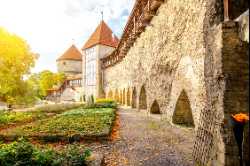 Danish King's Garden
Tallinn
Danish King's Garden
Tallinn
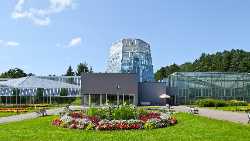 Botanic Garden of Tallinn
Tallinn
Botanic Garden of Tallinn
Tallinn
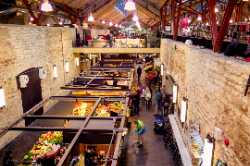 Balti Jaama Turg
Tallinn
Balti Jaama Turg
Tallinn
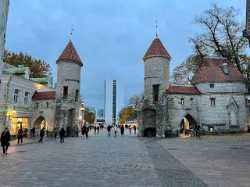 Viru Street
Tallinn
Viru Street
Tallinn
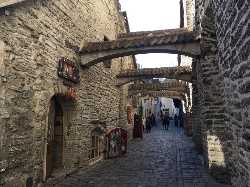 St. Catherine’s Passage
Tallinn
St. Catherine’s Passage
Tallinn
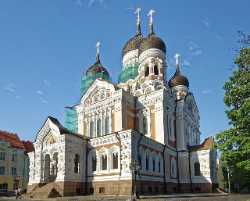 Alexander Nevsky Cathedral
Tallinn
Alexander Nevsky Cathedral
Tallinn
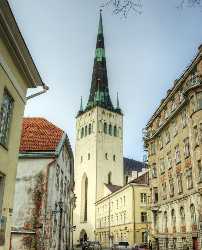 St. Olaf’s Church
Tallinn
St. Olaf’s Church
Tallinn
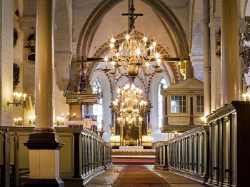 St. Mary’s Cathedral
Tallinn
St. Mary’s Cathedral
Tallinn
 Tallinn Old Town
Tallinn
Tallinn Old Town
Tallinn
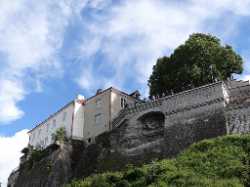 Patkuli Viewing Platform
Tallinn
Patkuli Viewing Platform
Tallinn
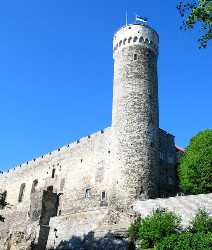 Pikk Hermann Tower
Tallinn
Pikk Hermann Tower
Tallinn
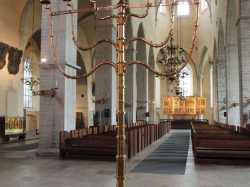 Niguliste Museum
Tallinn
Niguliste Museum
Tallinn
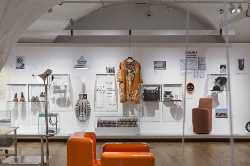 Estonian Museum of Applied Art and Design
Tallinn
Estonian Museum of Applied Art and Design
Tallinn
 Estonian Museum of Natural History
Tallinn
Estonian Museum of Natural History
Tallinn
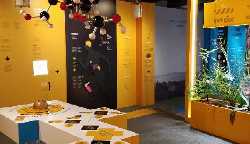 Estonian Health Museum
Tallinn
Estonian Health Museum
Tallinn
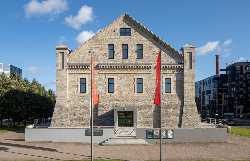 Estonian Museum of Architecture
Tallinn
Estonian Museum of Architecture
Tallinn
 Seaplane Harbour
Tallinn
Seaplane Harbour
Tallinn
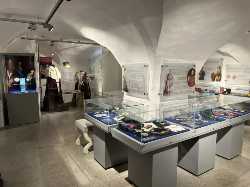 Tallinn Museum of Orders of Knighthood
Tallinn
Tallinn Museum of Orders of Knighthood
Tallinn
 Chocolala Chocolate Museum
Tallinn
Chocolala Chocolate Museum
Tallinn
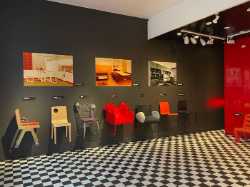 Design & Architecture Gallery
Tallinn
Design & Architecture Gallery
Tallinn
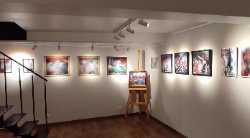 Haus Gallery
Tallinn
Haus Gallery
Tallinn
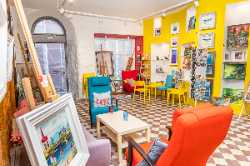 Rataskaevu 6 Art
Tallinn
Rataskaevu 6 Art
Tallinn
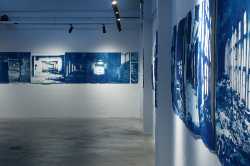 ArtDepoo Gallery
Tallinn
ArtDepoo Gallery
Tallinn
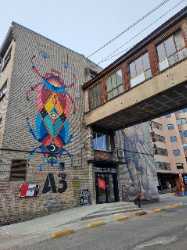 Telliskivi Creative City
Tallinn
Telliskivi Creative City
Tallinn
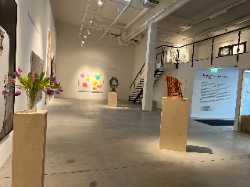 Vaal Gallery
Tallinn
Vaal Gallery
Tallinn
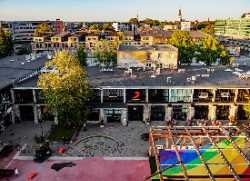 Telliskivi Creative City’s Gallery
Tallinn
Telliskivi Creative City’s Gallery
Tallinn
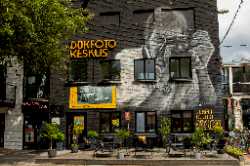 Juhan Kuus Documentary Photography Centre
Tallinn
Juhan Kuus Documentary Photography Centre
Tallinn
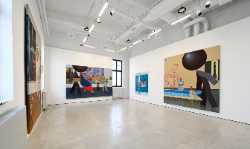 Temnikova & Kasela Gallery
Tallinn
Temnikova & Kasela Gallery
Tallinn
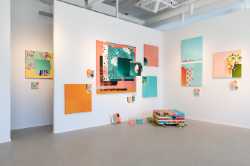 Tütar Gallery
Tallinn
Tütar Gallery
Tallinn
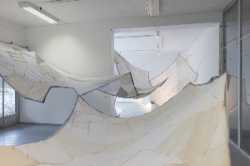 Uus Rada Gallery
Tallinn
Uus Rada Gallery
Tallinn